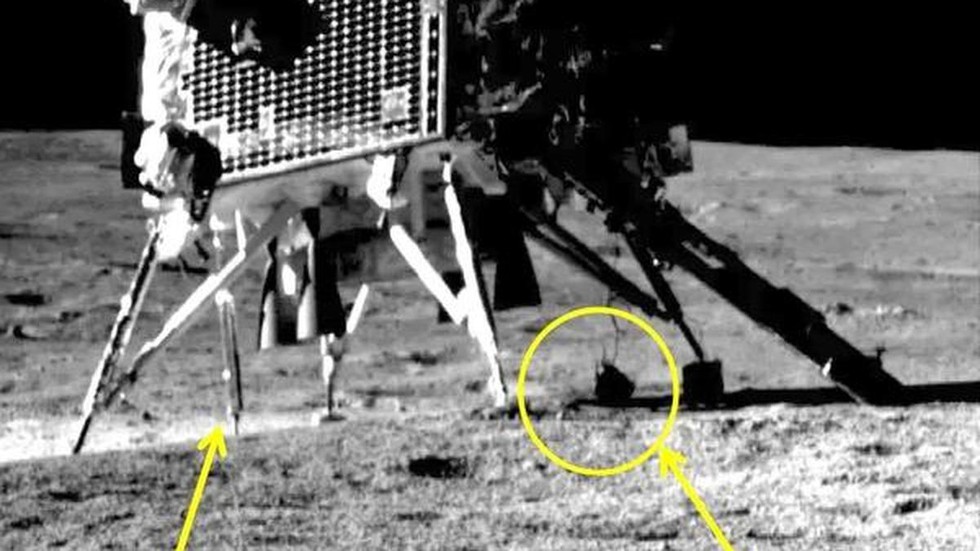About ChaSTE
- It successfully penetrated lunar soil and deployed a thermal probe, achieving what two previous missions—ESA’s Philae (2014) and NASA’s InSight HP3 (2018)—could not.
- This experiment provided crucial data on lunar surface temperatures, strengthening evidence of water ice deposits.
How ChaSTE Works
- ChaSTE’s thermal probe was integrated into the Vikram lander of Chandrayaan-3, which landed on August 23, 2023.
- The probe is equipped with 10 temperature sensors placed 1 cm apart along its length, near the nose-tip.
- It uses a rotation-based deployment mechanism instead of a hammering device, which played a crucial role in its success.
- The motor rotates, pushing the probe downward until the tip touches the Moon’s surface.
- As the probe continues to penetrate deeper, the increasing resistance from the lunar soil helps determine how far it has descended.
- ChaSTE successfully reached a depth of 10 cm in the Moon’s regolith, where it continuously monitored temperature variations until September 2, 2023.
- The final temperature readings from the deep lunar soil confirmed thermal properties essential for lunar exploration.
Comparisons with Previous Missions
- ESA’s Philae lander (2014) on Comet 67P: It carried the MUPUS instrument to measure surface and subsurface temperatures. Failed due to an awkward landing, preventing the probe from being deployed properly.
- NASA’s InSight lander (2018) on Mars: Included the Heat Flow and Physical Properties Package (HP3), featuring a self-hammering nail nicknamed "The Mole" designed to penetrate 5 meters underground.
- Encountered low friction in Martian sand, preventing it from burrowing deep enough to collect meaningful temperature data.
- The temperature sensors were attached to a tether, not on the mole itself, which made data collection impossible.
